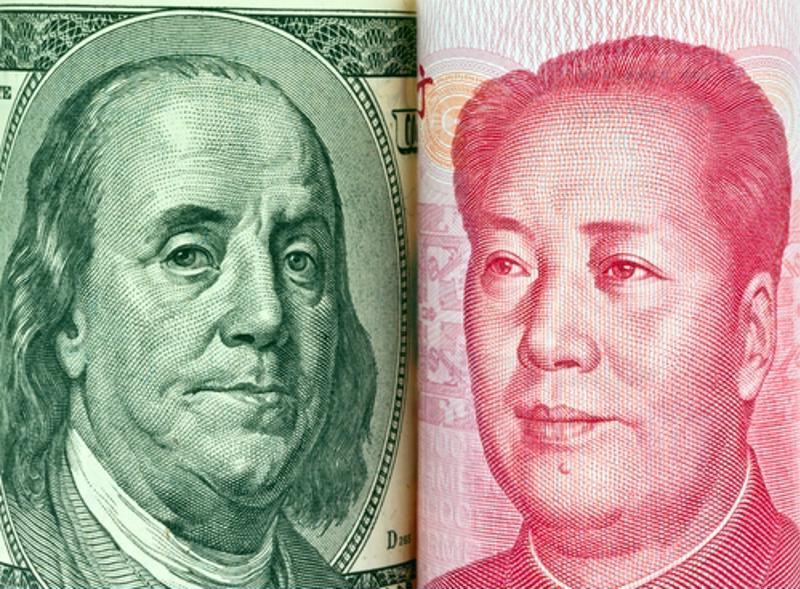With China being a major source of imported goods, however, shippers suspect that the Year of the Tiger may take a bite out of an already wounded supply chain by pushing back delivery windows even further, according to the results of a newly released survey.
In a poll of shippers and forwarders performed by the tech firm Container xChange, roughly 66% said they fully anticipate supply chains to be impacted by the Chinese New Year celebrations.
China is America's largest supplier of foreign goods
Although the United States has the largest economy in the world, China's is a close second, with a gross domestic product totaling approximately $12.2 trillion, according to WorldoMeter. The Asian nation is also a major trading partner with the United States, with nearly 20% of imports deriving from the People's Republic of China, according to government data. Compared to other countries, China is also the United States' single largest supplier of imported goods, especially for electrical machinery, toys and sports equipment.
Given the degree to which economic activity derives from China — and the supply chain problems that are already in place — stakeholders are expecting further disruption.
Johannes Schlingmeier, the co-founder and CEO of Container xChange, noted that the flow of containers usually ticks up in the days prior to the Lunar New Year to make up for the difference when factories close. But the effects of COVID-19 have added a new wrinkle to supply chain management.
"Even though it is unclear if China will allow millions of workers to travel for holidays this year due to strict COVID-19 lockdown policies, shippers and forwarders are still expecting output from OEMs to decline significantly next month and are planning accordingly by shipping early," Schlingmeier said. "This is no doubt a factor in some of the spot freight rate increases out of China we have seen in January."

Rates likely to climb
Not only do the people surveyed anticipate the flow of goods to diminish, but many also expect to be charged more. Indeed, 46% said they think freight rates will rise due to factory closures for the Chinese New Year, and 43% think container prices will increase.
Ongoing port congestion may also be contributing to shippers' slowdown suspicions. As The Wall Street Journal reported, the nation's largest shipping parts — Los Angeles and Long Beach — have encountered the heavies bottlenecks up to this point. But they appear to be spreading to other major ports, such as the Port of Charleston in South Carolina and the Port of Savannah in Georgia. Here as well, shipping rates are up from last year, averaging $12,000 per 40-foot container compared to $8,500 in the West.
Schlingmeier noted that if shipping activity does diminish, a potential positive is it would allow container lines to get their schedules straightened out, which would help to diminish existing backlogs. This could then improve the movement of containers once factories re-open and output rises.



Post A Comment:
0 comments so far,add yours